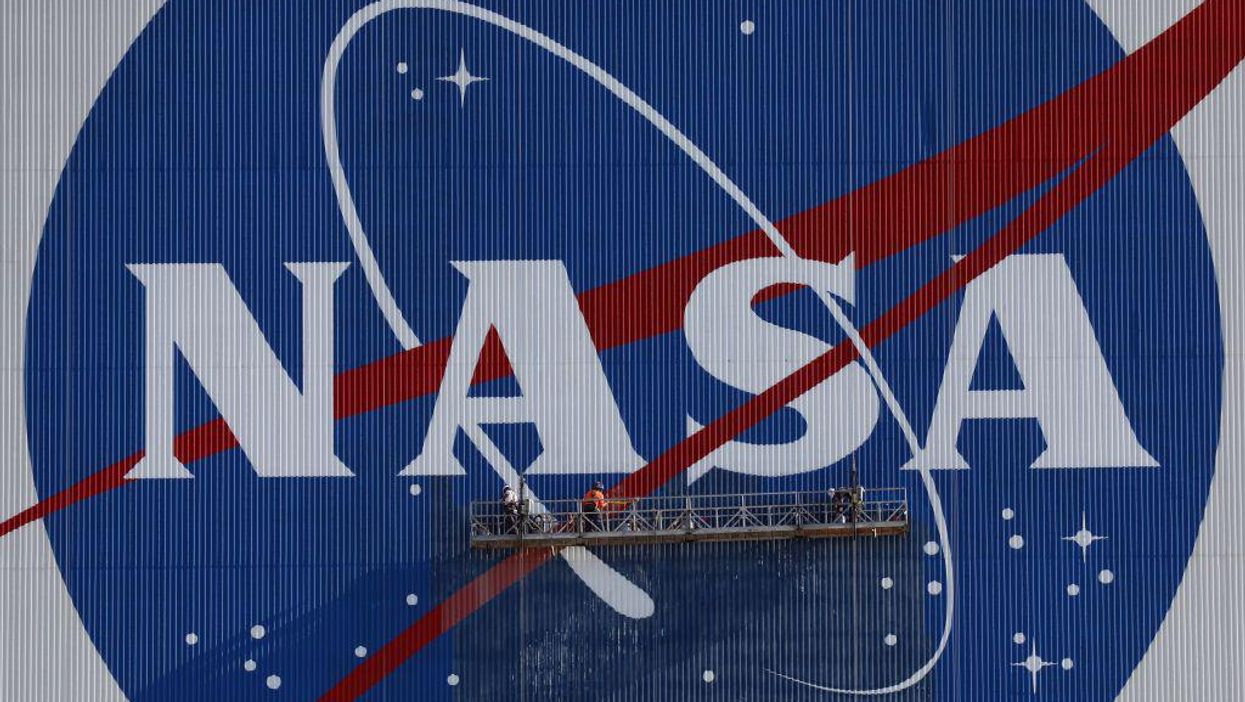
GREGG NEWTON/AFP via Getty Images

NASA is calling for applicants interested in spending a year in a 1,700 square foot habitat meant to help study what it will be like for future explorers to live on the surface of Mars.
While participants would not need to strap into a rocket and blast off into the final frontier, they would help pave the way for the future of space exploration, all without ever leaving the ground.
"The series of missions - known as Crew Health and Performance Exploration Analog - includes three one-year Mars surface simulations based at NASA's Johnson Space Center. The analogs will support research to develop methods and technologies to prevent and resolve potential problems on future human spaceflight missions to the Moon and Mars," according to NASA.
The missions will involve four people living in a module where they will encounter various challenges simulating a mission on the Red Planet.
"The analog is critical for testing solutions to meet the complex needs of living on the Martian surface," said Grace Douglas, lead scientist for NASA's Advanced Food Technology research effort at the Johnson Space Center located in Houston, Texas. "Simulations on Earth will help us understand and counter the physical and mental challenges astronauts will face before they go."
NASA is calling for non-smoking applicants who are either American citizens or permanent residents proficient in the English language and between the ages of 30 and 55. NASA, which noted that compensation is available for taking part, also described various qualifications related to education and experience.
"Each mission will consist of four crew members living and working in a 1,700-square-foot module 3D-printed by ICON, called Mars Dune Alpha. The habitat will simulate the challenges of a mission on Mars, including resource limitations, equipment failure, communication delays, and other environmental stressors. Crew tasks may include simulated spacewalks, scientific research, use of virtual reality and robotic controls, and exchanging communications. The results will provide important scientific data to validate systems and develop solutions," NASA explained.
While there are ambitions to return to the moon and reach Mars in the future, humans have not been back to the moon since 1972.